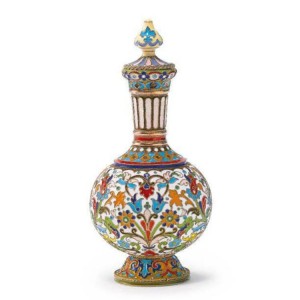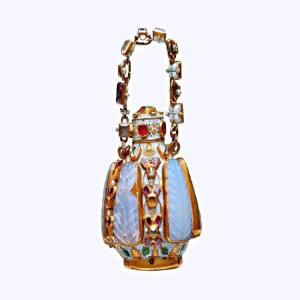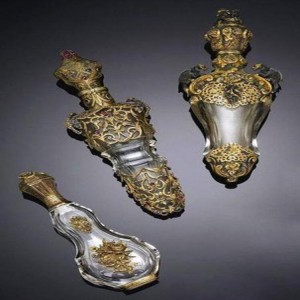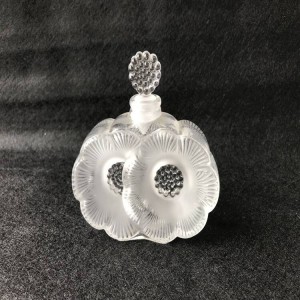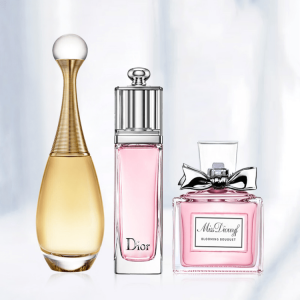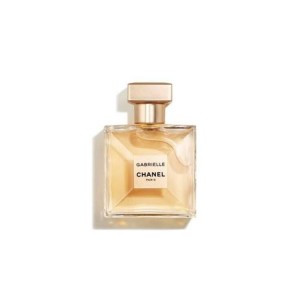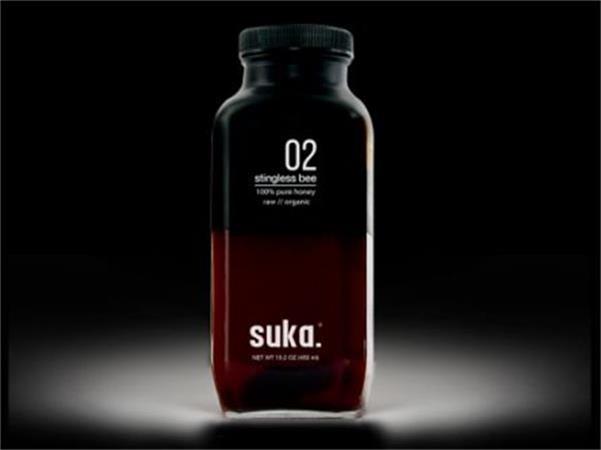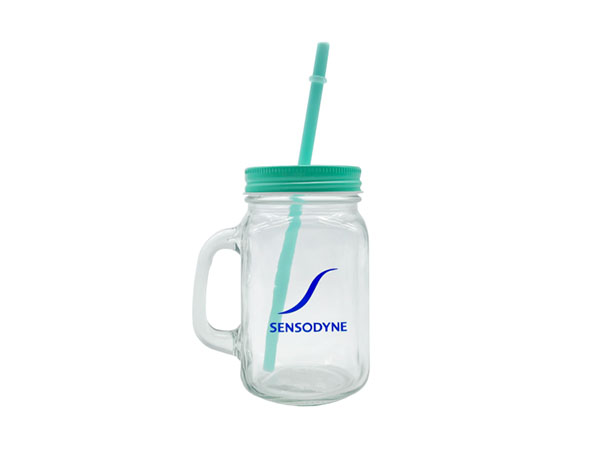Perfume bottles are not only functional vessels for containing fragrances, but they have also become coveted objects of beauty and luxury throughout history. These artistic containers have a long and fascinating history that dates back to ancient times.
The earliest evidence of perfume bottles can be traced back to ancient Egypt, where perfumes were considered sacred and were used for religious ceremonies and rituals. The Egyptians believed that perfumes had magical powers and could protect them from evil spirits. Perfume bottles in ancient Egypt were typically made of alabaster or other precious stones, and their shapes ranged from simple vessels to intricate designs with sculpted figures.
During the Roman Empire, perfume bottles became more elaborate and decorative. They were often made of glass or crystal and decorated with intricate engravings or colorful patterns. The Romans also used perfume bottles as status symbols, with the wealthiest citizens owning the most ornate and expensive designs.
In the Middle Ages, perfume bottles were still highly prized possessions, but they were mainly used by royalty and the nobility. Perfumes were considered a luxury item, and their bottles were created with intricate designs and adorned with precious metals and jewels.
The Renaissance period saw an increase in the popularity of perfume bottles among the upper classes. Glassblowers in Venice began creating delicate and intricate perfume bottles using a technique called filigree glass. This involved blowing molten glass into intricate wire-like designs that were then fused together to create a delicate and ornate bottle.
During the 18th century, perfume bottles became even more ornate and decorative. The French aristocracy commissioned artisans to create luxurious and elaborate designs made of gold, silver, and precious stones. Perfume bottles during this time were often designed to match the shape of the contents, such as a pear-shaped bottle for a pear-scented fragrance.
The Victorian era was a golden age for perfume bottles. Queen Victoria herself was a lover of perfumes and owned a vast collection of bottles. The designs of perfume bottles during this time were influenced by the Romantic movement, with floral and nature-inspired motifs commonly used. In the early 20th century, designers such as Lalique, Baccarat, and Guerlain began to create perfume bottles that were true works of art. These designs often featured intricate glasswork and sculpted figures, and they became highly sought after by collectors and connoisseurs of perfume.
During the Art Deco period of the 1920s and 1930s, perfume bottles became more streamlined and sleek in design. They featured geometrical shapes and bold colors that reflected the modernist aesthetic of the time. Designers such as Rene Lalique and Gabrielle Chanel created iconic perfume bottles that are still highly coveted today.
After World War II, perfume bottles continued to evolve and adapt to changing fashion trends. In the 1950s and 1960s, designer perfumes such as Chanel No.5 and Dior's Miss Dior were launched, and their iconic bottle designs became as important as the fragrances themselves.
Today, perfume bottles continue to be an important part of the fragrance industry. High-end designer brands such as Gucci, Prada, and Tom Ford create limited edition perfume bottles that are often collectors' items. Many contemporary designs are inspired by the classic styles of the past, but there are also new and innovative designs that push the boundaries of what a perfume bottle can be.
In conclusion, perfume bottles have a rich and fascinating history that spans thousands of years. From the simple vessels of ancient Egypt to the elaborate and ornate designs of the Renaissance and Victorian eras, perfume bottles have evolved and adapted to changing fashions and tastes. Today, they continue to be objects of beauty and luxury and are an essential part of the fragrance industry.
Post time: Apr-25-2023 Other Blog

